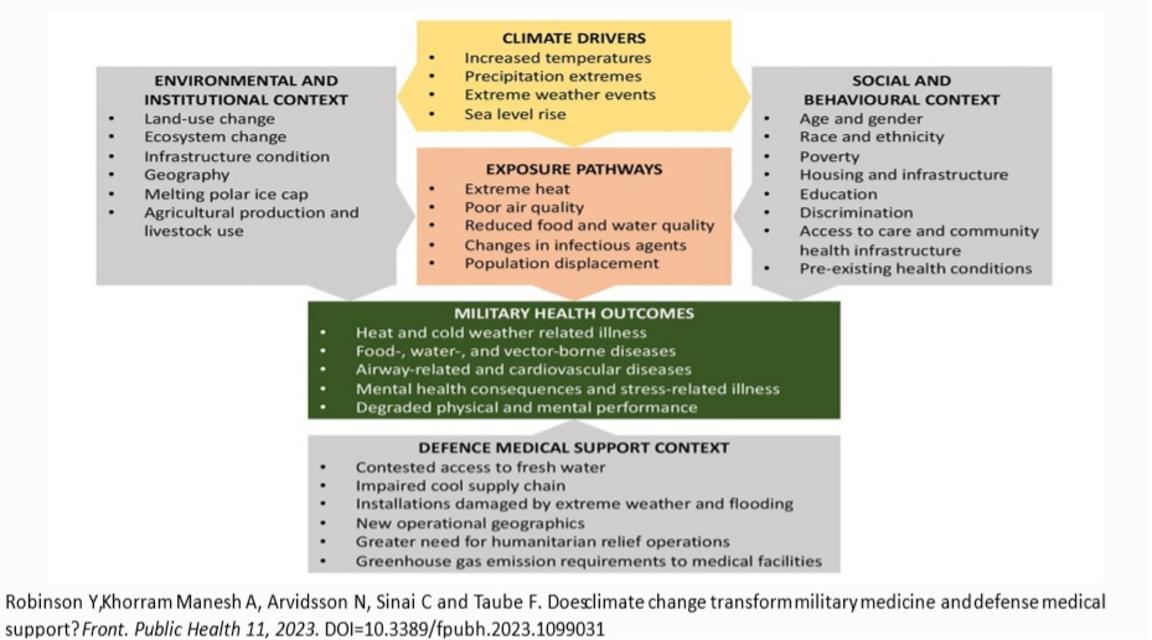
Environmental impact - effects on health and ability to prepare for crises
Short description
Within the group "Environmental impact - effects on health and ability to crisis preparedness", the effects of conscious and unconscious environmental impact on society's crisis preparedness and on human health are investigated. The group's areas also include questions about how crisis preparedness is affected by access to education, health, social justice and human rights, and how inequalities in access to and trust in health care affect the ability to respond to crises caused by environmental impacts.
The research group consists of medical, natural sciences (chemical, physical) and social science expertise. Environmental impacts here refer to chemical, biological and physical agents that are either spread naturally, for example via climate disasters, or by humans, more or less unconsciously (accidents, emissions) or deliberately (antagonistic threats). One purpose of the group's activities is to understand the challenges that a population in environmentally affected areas faces when it comes to crisis preparedness.
Background
In a crisis preparedness context, environmental exposures can be interpreted as a broad concept, including natural or human exposures from both the environment and industry as well as antagonistic CBRNE (Chemical, Biological, Radiological, Nuclear and explosive) events.
Natural exposures might be:
(RN) background radiation from radon-containing bedrock or from UV light
(B) endemic diseases, such as infectious diseases;
(C) air pollution caused by, for example, volcanic eruptions and natural gas leaks;
Anthropogenic (man-made) exposures might be:
(RN) nuclear power plants and areas contaminated by radiation;
(B) Antibiotic-resistant bacteria, biochemical industry
(C) heavy metals from leachate in the mining industry, hydrocarbons from the petrochemical industry, gases and particles from the combustion, traffic and energy sectors.
Antagonistic exposures can be:
Attacks with chemical, biological, and nuclear weapons, such as (C) nerve agents, (B) anthrax, and (RN) nuclear weapons.
In order to investigate how one or more of these exposures in the long term affect the ability of individuals and societies to act mentally and physically in the event of a crisis or immediately after a crisis, an interdisciplinary approach is needed, which includes scientific, medical and social science expertise. A starting point for this broad approach is that health is understood as a result of physical, psychological and social factors together, i.e. what is usually called the biopsychosocial model in health psychology. With this as a starting point, it is possible to create a clearer understanding of the ability of individuals and societies to act mentally and physically in the event of a crisis or immediately after a crisis.
Regarding for example research on how exposure to chemical and biological weapons affects the biopsychosocial well-being of the civilian population, there is a lack of and access to data. Other research areas concern health inequalities and trust in care in CBRN/EIHH incidents and how these parameters affect the capacity for national crisis preparedness.
Purpose and Goal
The aim of this interdisciplinary research is to create knowledge about how the effects of different exposures in the environment affect individuals' and communities' ability to act physically and mentally in the event of a crisis or immediately after a crisis.
Research project
The following projects are ongoing or are intended to be started within the research group;



